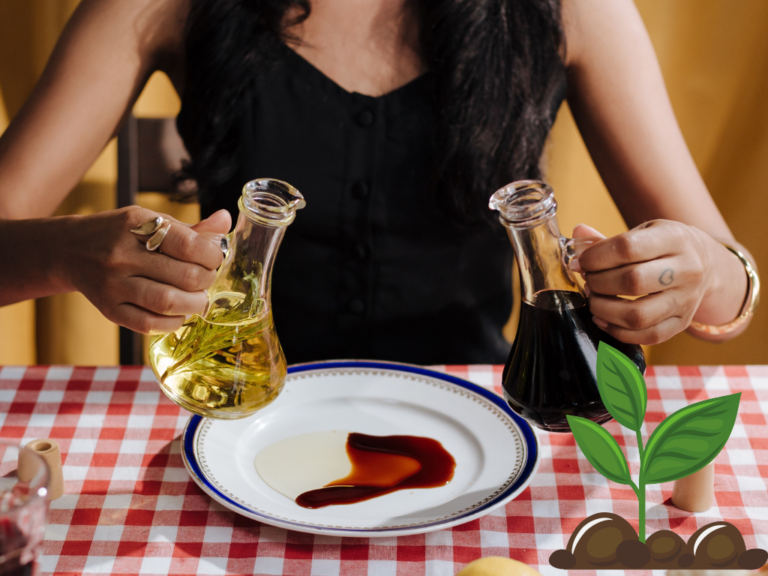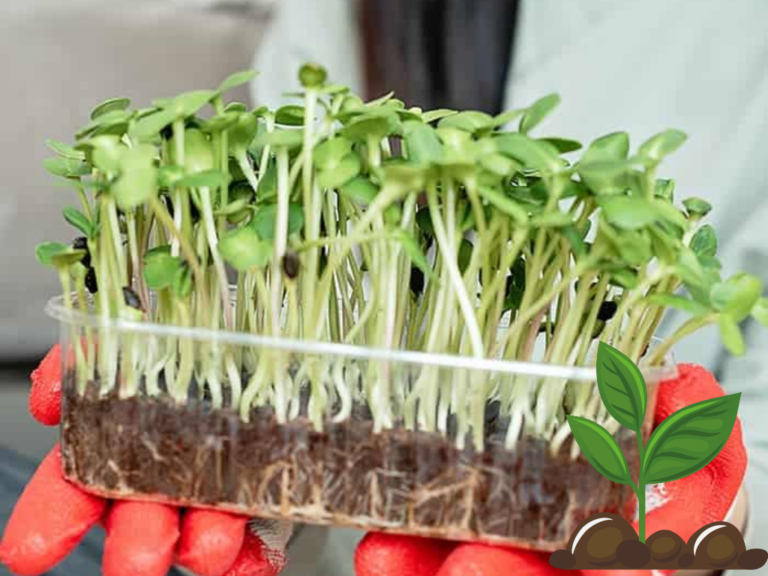Unlocking the Secrets: Do Hydroponics Need to Run at Night
Hydroponics, a revolutionary method of cultivating plants without soil, has gained immense popularity among gardening enthusiasts and commercial growers alike.
By providing plants with a nutrient-rich water solution, hydroponics allows for faster growth, higher yields, and year-round cultivation.
However, one question that often arises is whether hydroponic systems need to run at night.
In this article, we will explore this topic in detail and shed light on the best practices for hydroponic lighting schedules.
Understanding Hydroponic Lighting Requirements
To understand whether hydroponics need to run at night, it’s essential to comprehend the role of light in the growth process of plants.
Light is crucial for photosynthesis, the process by which plants convert light energy into chemical energy, enabling them to grow.
While natural sunlight is the optimal light source, artificial lighting systems have been developed to replicate the necessary light spectrum for plant growth.
The Importance of Light Spectrum
Plants require specific light spectrums during different stages of growth.
The most crucial spectrums are:
- Blue Spectrum: This spectrum is essential for vegetative growth, promoting strong stems and leaf development.
- Red Spectrum: The red spectrum is crucial for flowering and fruiting stages, stimulating budding and blooming.
- Full Spectrum: Combining both blue and red spectrums, a full spectrum light source provides a balanced spectrum for overall plant growth.
Optimal Lighting Schedule for Hydroponics
While it is generally agreed that plants need a period of darkness to rest, the duration and timing of darkness may vary depending on the type of plant and growth stage.
For hydroponics, providing an appropriate lighting schedule is vital for maximizing plant growth and achieving optimal yields.
Here are some key considerations for determining the lighting schedule:
1. Daily Light Integral (DLI)
The Daily Light Integral (DLI) is a measure of the total amount of light plants receive in a day. It is crucial to provide plants with the right DLI for their specific growth stage. This can be achieved by calculating the DLI requirements for the particular crop and adjusting the lighting schedule accordingly.
2. Growth Stage
Different growth stages of plants have varying lighting requirements. During the vegetative stage, plants typically require 14 to 18 hours of light per day. As plants transition to the flowering stage, the lighting period may be reduced to 12 hours or even shorter, mimicking the natural light conditions during the changing seasons.
3. Darkness Period
While plants need light for photosynthesis, they also require a period of darkness to carry out other essential processes, such as respiration and nutrient uptake. Providing a consistent dark period helps maintain the plant’s overall health and prevents issues such as root rot and nutrient deficiencies.
Pros and Cons of Running Hydroponics at Night
Pros
- Energy Efficiency: Running hydroponics systems at night can take advantage of off-peak electricity rates, reducing energy costs for growers.
- Cooler Temperatures: Nighttime operations can help maintain cooler temperatures in the grow environment, preventing heat stress on plants during the day.
Cons
- Disturbed Circadian Rhythms: Constant lighting can disrupt the natural circadian rhythms of plants, leading to potential growth issues and reduced yields.
- Increased Energy Consumption: Running lights 24/7 increases energy consumption and can have a negative impact on the environment.
Key Takeaways
- Hydroponic systems require a well-planned lighting schedule to provide plants with the optimal light spectrum for growth.
- The lighting schedule should consider the plant’s growth stage, DLI requirements, and the need for a darkness period.
- Providing 14 to 18 hours of light per day during the vegetative stage and reducing it to 12 hours or less during the flowering stage is generally recommended.
- A consistent dark period is essential for plant respiration, nutrient uptake, and overall plant health.
- Running hydroponics systems at night can be energy-efficient and help maintain cooler temperatures in the grow environment.
- However, constant lighting can disrupt the natural circadian rhythms of plants and increase energy consumption.
In conclusion, while hydroponic systems do not necessarily need to run at night, establishing a well-designed lighting schedule is crucial for maximizing plant growth and achieving optimal yields.
By considering the plant’s growth stage, DLI requirements, and the importance of a darkness period, growers can provide the right amount of light for their hydroponic crops.
Balancing energy efficiency, temperature control, and the natural needs of plants will lead to successful hydroponic cultivation.







